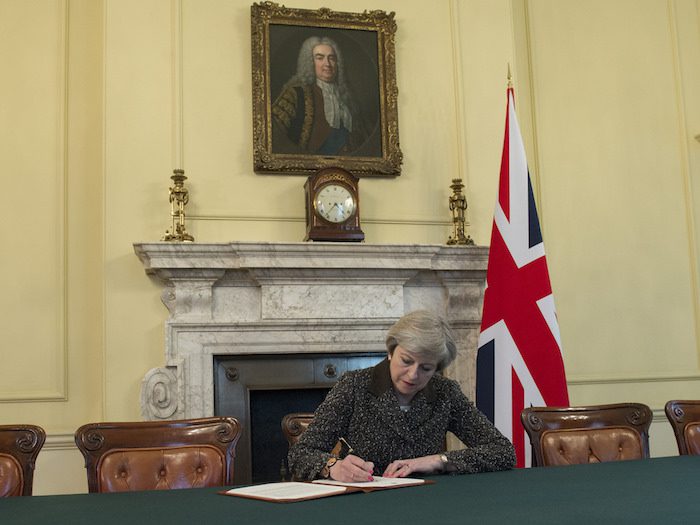
Tweeting more often to more followers doesn’t always lead to more audience engagement.
That was at least the case on Twitter around the 2017 U.K. General Election, according to new analysis conducted by the Reuters Institute that drew from 4.26 million, specifically news-related tweets (out of a wider set of 28 million tweets).
Unsurprising things first: Big legacy news outlets dominated news-related tweets in this period: 78 percent of all news-related tweets that Reuters analyzed were either posted by these legacy news outlets, or cited them explicitly (only 22 percent of the news-related tweets were either posted by or explicitly referenced digital-first news outlets). British broadcasters especially — including the BBC, Channel 4 News, and Sky News — ruled news-related Twitter during this time:

But some sites, such as tabloids the Daily Express and the Daily Star, notably underperformed, given their volume of tweets and follower count. The Daily Express, for instance, posted nearly 11,000 tweets from its two separate Twitter accounts during the general election in June (that was almost 3,000 more tweets than the Guardian, the second most active news organization on Twitter during this time, posted across its four different accounts). Yet these “[h]igh levels of tweeting activity displayed by the Daily Express during the campaign resulted in an insignificant position in terms of audience engagement per message sent, even though this mid-market tabloid follows a larger number of Twitter accounts, relative to its number of followers, than some of the top influential and much less active media (like Lad Bible and The Canary).”
Contrast that with The Economist and the Financial Times. Despite both organizations posting far less frequently to Twitter, both saw more audience engagement per each tweet sent:
The Economist was the eighth most influential news media organization on Twitter during the General Election. Although it only tweeted 1,400 election-related messages — it is not even among the top 20 most active outlets — it received on average almost 100 messages each time it sent a tweet. Similarly, the Financial Times ranks 20th in terms of influence despite being one of the least active media on Twitter during the campaign.
Small digital-first outlets also achieved outsized influence when it came to Twitter engagement, even though they had much smaller followings:
This is particularly the case for Breitbart, The Canary, the Lad Bible, and the political blog Guido Fawkes/Order-Order. These sites are the most influential digital-born media by this measure and also exhibit a very low ratio of following/followers. In other words, although they are much less active in directly engaging with other users, audiences very frequently mention or cite their content in Twitter political conversations.
The full factsheet with more detailed breakdown of Twitter activity for individual news organizations is available here.
Leave a comment